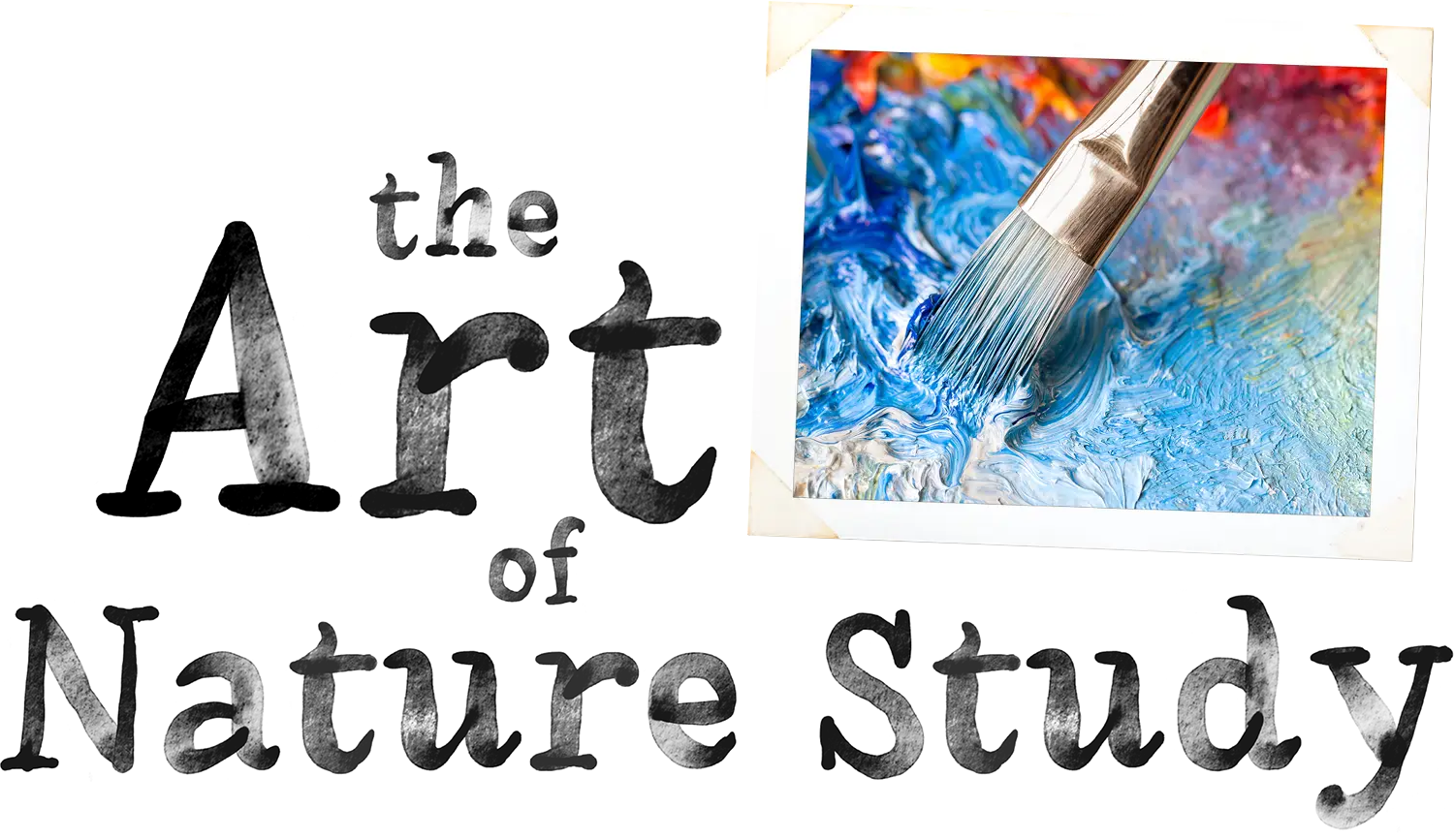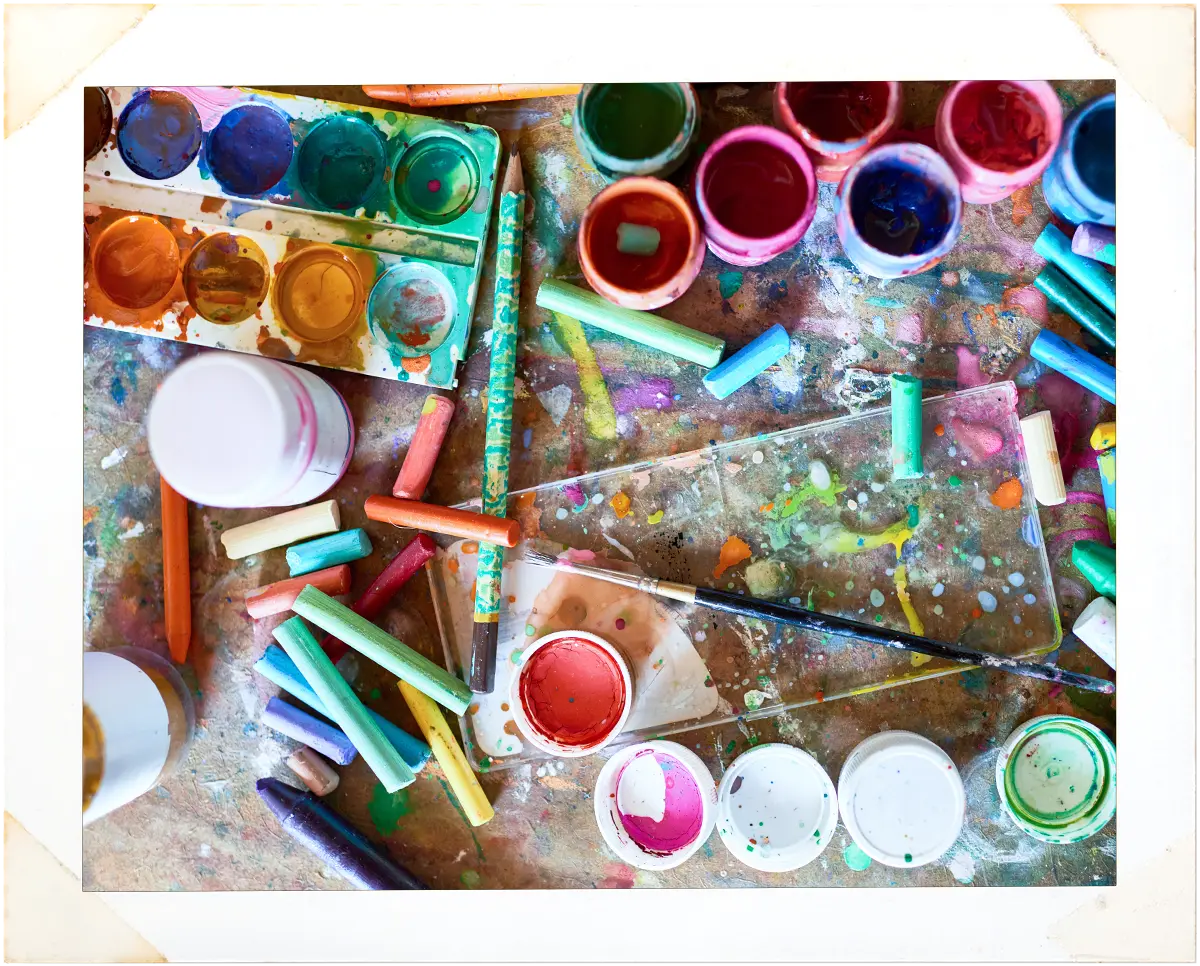![]() Enhanced – check your inbox: for activities in The Monthly Toolkit
Enhanced – check your inbox: for activities in The Monthly Toolkit

With both art and nature study, children develop observational skills and eyes to see the beauty around them. Drawing, painting, and chalk pastels give kids a creative way to fill their nature journals with flowers, trees, birds, and more.

What if we saw them all as equally important to our children’s education? What if we actually incorporated art into the academic?
It’s so easy to fall into a trap of making everything separate. Most of us grew up that way! But the beauty of homeschooling is this: we can show our kids the connections by how we choose to study the subjects.
Illustrations bring picture books to life. Younger students can observe the illustrations by doing a picture study and older students can learn about the different art mediums used to create the illustrations. Both can copy the style and create their own.
When it comes to the “art of illustration,” the applications are endless! History timelines, maps, and all the things of science—from nature to biology to even chemistry—are enhanced when coupled with original illustrations by your young (and older) artists.
Creating their own models and charts across the subjects will help them go beyond memorizing to understanding. Adding art will stretch some types of learners while others will excitedly go above and beyond, but all of them will benefit. Just keep in mind that perfection is not the goal. Focus on the process, what they are learning, and their personal expression of that.

- With your kids, brainstorm ways you can incorporate art into your curriculum. Make a list and put it where you can easily see it.
- Gather supplies—whether you store them in a cabinet, closet, or a box you can slide under the bed.
- Have fun! Give them as much freedom as possible to imagine and create art with their academics.




